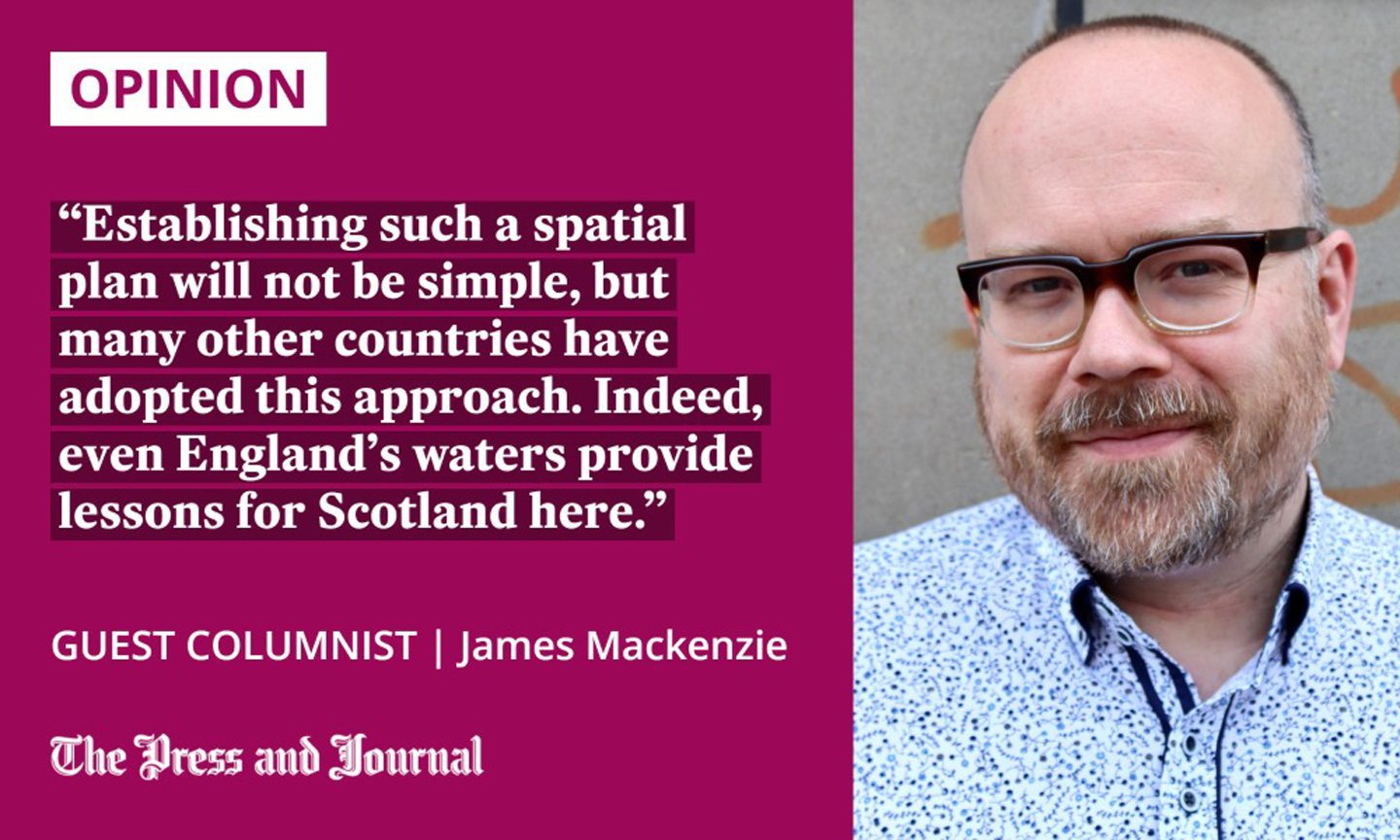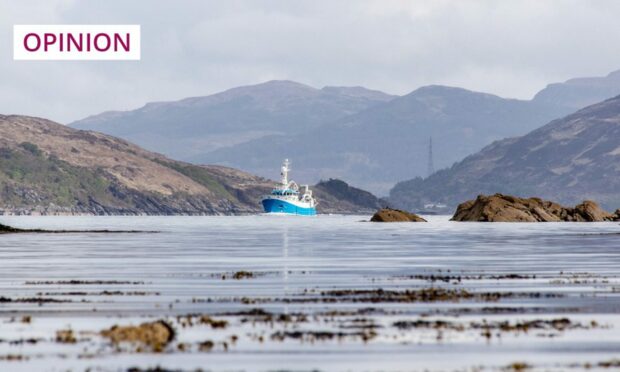In the last week of the SNP leadership contest, Kate Forbes raised concerns about marine conservation and the Scottish Government’s plans for Highly Protected Marine Areas. These HPMAs were agreed during the summer 2021 negotiations between SNP ministers and Green MSPs, where marine policy was one of the sharpest divides between the two parties.
Most of the changes to marine policy the Greens proposed in their manifesto did not make it into the Bute House Agreement, including a three-mile limit to exclude dredgers and trawlers from sensitive inshore ecosystems.
But they did secure a commitment to upgrade Scotland’s existing Marine Protected Areas, too many of which are still just lines on the map with no protection in place.
Alongside that long overdue change was a commitment to designate 10% of Scotland’s seas as Highly Protected Marine Areas, bringing us into line with the 2010 UN Convention on Biological Diversity.
These plans have aroused heated opposition from some quarters, particularly in the Western Isles. Given Humza Yousaf’s decision to stick with the Bute House Agreement, these highly protected areas are now expected to go ahead.

Well-located and well-managed areas of this sort contribute around the world to the incomes of local fishing fleets, by promoting stock recovery and fishery diversification. But the fishing industry and some community groups are worried that fishing will be prohibited in areas that they have long relied upon without proper consultation.
They have a point. HPMAs could have serious economic consequences, not least for displaced smaller vessels, unable to steam to new and distant fishing grounds.
More generally, fishing representatives – from the low impact creel sector and from the bigger dredge and trawl sectors – have raised concerns that HPMAs will add to “the spatial squeeze”. This is also a valid concern.
Scotland’s inshore waters are under increasing pressure. There are plans to double salmon aquaculture, seaweed cultivators are lodging numerous applications, and ever more renewable energy infrastructure is being built. Add in some significant new conservation measures and it’s no wonder the fishing industry is concerned about the cumulative impact on their operations.
However, the environmentalists also have a point: healthy fishing industries rely on healthy marine ecosystems. And healthy seas provide numerous ecosystem services, not least carbon sequestration. The highest impact gears – towed dredges and seabed trawls – currently have virtually unrestricted access to the great majority of Scotland’s inshore waters, irrespective of the economic and environmental consequences.
These problems have a common root, and a common solution
Biodiversity is in decline, just as our fishing fleets are. This might look intractable if you see economy and environment as competing interests, but the circle can be squared. In fact, these problems have a common root, and a common solution.
The key is marine spatial planning: an unglamorous term, perhaps, but allocating areas of sea for specific purposes is the basis of successful inshore fisheries and conservation policies globally.
Spatial management draws on detailed seabed science, using transparent processes to take account of competing interests and all relevant policy objectives. Oversight can be delivered through strong local governance, involving all stakeholders, which many have called for.
Crucially, spatial plans would separate low-impact creeling and hand-diving from high-impact dredging and trawling, reducing costly gear conflict between the fleets. Space would be allocated through HPMAs for nature restoration and stock recovery, alongside zones for renewables, low-impact only fishing areas that allow both high-value catches and ecological restoration, and existing MPAs would at last get management measures.
The dredge and trawl sectors would be protected for the first time from further spatial squeeze, having zones of their own in areas where science shows their gears will cause least damage, and where reliable stocks can be found. Perhaps they could be called “Highly Protected Fishing Areas”.
Everyone could get a lot of what they want
Establishing such a spatial plan will not be simple, but many other countries have adopted this approach. Indeed, even England’s waters provide lessons for Scotland here.
No one will get everything they want. But everyone could get a lot of what they want, through transparent processes that explicitly value all legitimate economic uses of our inshore alongside nature restoration.
Ministers have tried opaque and piecemeal decision-making for many years, and it hasn’t worked
The next element of the solution will be ensuring a just transition for fishing, promoting decarbonisation alongside a shift towards lower-impact and higher-value fisheries. This will need funding, as it has in the energy sector. But it will be an investment in the future.
It will not be easy. But the alternative is to keep pretending that coastal economies don’t depend on marine ecosystems, to continue to half-heartedly manage the decline of our fleets, while facing growing discord between stakeholders.
Ministers have tried opaque and piecemeal decision-making for many years, and it hasn’t worked. Proper spatial planning provides a coherent and inclusive route to recovering ecosystems around our coastline and correspondingly stronger marine economies. Now is the time to be putting it into practice.
James Mackenzie is a freelance media and public affairs consultant and former head of communications for the Scottish Greens


Conversation